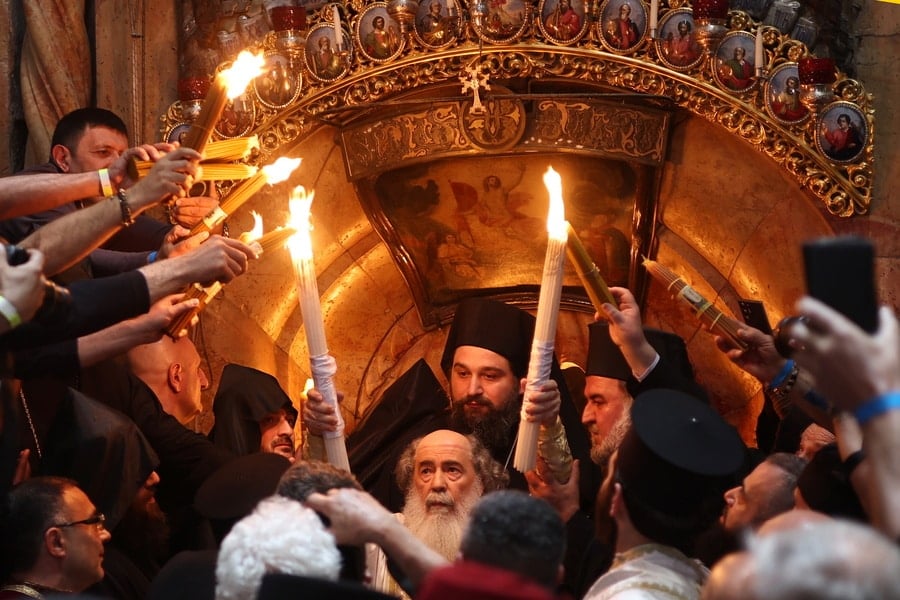A recent New York Times (NYT) report (November 19) details an unprecedented shift within American Orthodox Christianity, a tradition that historically prides itself on constancy.
The faith, which represents roughly 1% of the U.S. population, is experiencing a nationwide surge in interest, driven heavily by conservative young men.
The paper noted that “something is changing in an otherwise quiet corner of Christianity in the United States, one that prides itself on how little it has changed over time.”
Clergy across the country report “record attendance numbers” and are struggling to manage “more prospective converts than existing clergy can reasonably handle on their own.”
Historically, Orthodox churches were primarily filled by immigrants from countries like Greece and Ukraine, with many of their American-born children joining other churches.
Today, however, a locally rooted movement is now emerging, often fueled by online figures and YouTube personalities, leading critics to label these enthusiastic newcomers “Orthobros,” NYT notes.
Very Rev. Andrew Damick, an Antiochian Orthodox priest, described the influx of “large groups of young people showing up at many parishes” as unprecedented, noting, “This is new ground for everyone.”
The report emphasizes that the new adherents, described as “energetic new adherents, especially among conservative young men,” are attracted to a more demanding expression of Christian life, often echoing themes associated with the “manosphere.” They describe Orthodoxy as offering “hard truths” and reinforcing their sense of masculinity.
Key aspects of the faith cited as drawing these male converts include:
Masculine Feel and Structure: Many converts note that Orthodoxy “has a more masculine feel” than other Christian traditions. Priests are male, may marry, and often have “large beards and big families.” The tradition emphasizes ascetic discipline over contemporary music or therapeutic preaching often associated with evangelical megachurch culture.
Hard Truths and Discipline: Converts seek rigor. As one student, Josh Elkins (20), stated, “the Orthodox Church is the only church that really coaches men hard, and says, ‘This is what you need to do,’” while casually referencing technical theological terms.
Rigor of Worship: The discipline is a key attraction. Converts express admiration for the length and rigor of the Divine Liturgy, which involves worshippers typically standing. The worship, including chanting, incense, extensive icon veneration, and a strict fasting schedule, is often unfamiliar to most Americans.
Emphasis on Purpose: Several converts link their spiritual search to a need for purpose. Parishioner Laric Copes Jr. (28) described Orthodoxy as “a kind of frontier of exploration,” while 26-year-old Jerod Stine articulated a widespread feeling: “Young men need purpose… they’re really being told by society, ‘We don’t really need you.’”
This pattern challenges the long-held assumption that younger generations are uniformly becoming less religious. Citing Pew Research Center data, the Times reported that more than 60% of Orthodox Christians in the United States are men (compared with 46% of evangelicals). Furthermore, Orthodox communities tend to be younger, with 24% of adult adherents under 30.
This energy in Orthodoxy reflects a wider trend, as the article concludes, where young men are gravitating toward more traditional and structured Christian practices, a trend also visible in the Catholic Church where a significant minority of younger members prefer the Traditional Latin Mass and parishes where women wear veils.
Related: King Charles Praises Orthodoxy in Newly Released Letter
See all the latest news from Greece and the world at Greekreporter.com. Contact our newsroom to report an update or send your story, photos and videos. Follow GR on Google News and subscribe here to our daily email!
© Copyright – GreekReporter.com
